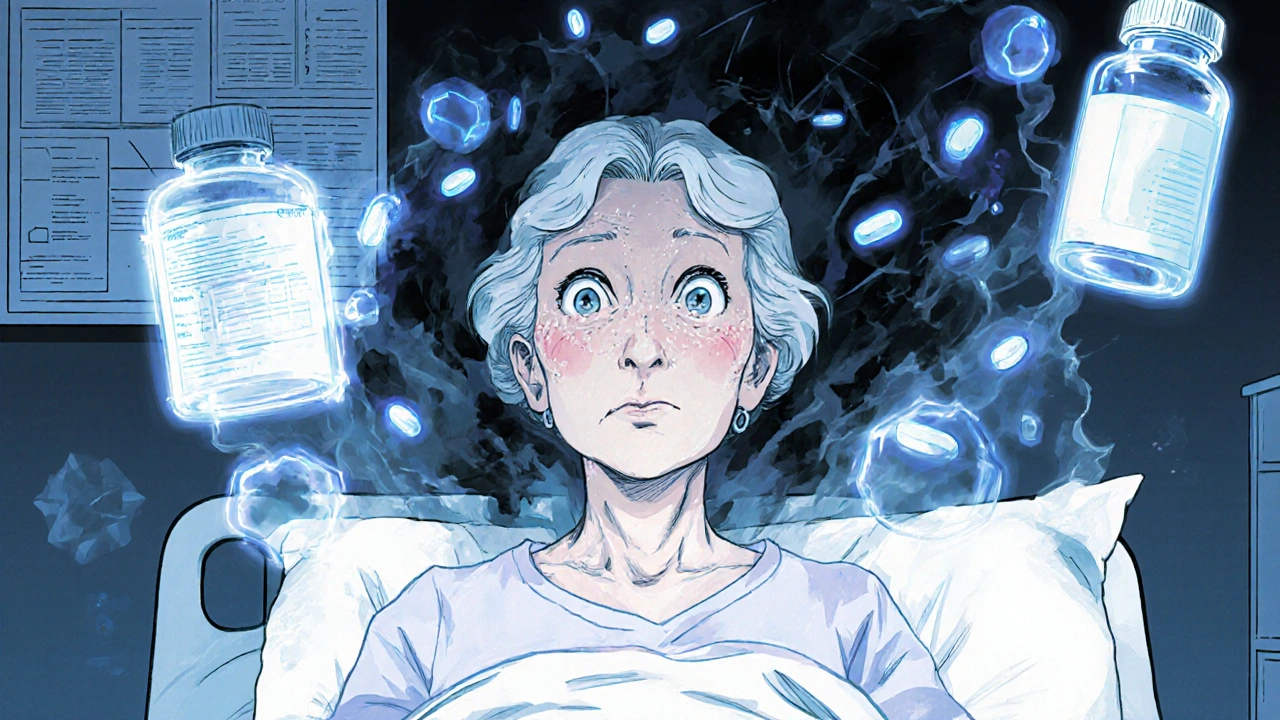Antibiotic Side Effects: What You Need to Know
Antibiotics save lives, but they can also bring unwanted reactions. Knowing the signs early helps you handle them fast and avoid nasty surprises. Below you’ll find the most common side effects, tips to minimize risk, and clear steps to take if something feels off.
Typical reactions you might see
Most people experience mild effects that disappear when the drug is stopped. Expect some stomach upset, like nausea, vomiting, or diarrhea. A rash or mild itching can also show up, especially with penicillin‑type drugs. These symptoms usually aren’t serious, but they can be uncomfortable.
If you notice a bitter taste, a dry mouth, or a feeling of dizziness, that’s also normal for many antibiotics. Keep a glass of water handy and stay hydrated – it can ease the dryness and help the medication move through your system.
When the side effects get serious
Some reactions need immediate attention. A fast‑spreading rash, swelling of the face or throat, or trouble breathing points to an allergic reaction called anaphylaxis. Call emergency services right away; this can happen with any antibiotic, even if you’ve taken it before without problems.
Severe diarrhea that looks watery and continues for more than a few days could be a sign of Clostridioides difficile infection, a dangerous gut issue linked to antibiotics. If you get a fever or abdominal pain with this diarrhea, contact a doctor fast.
Other red flags include yellowing of the skin or eyes (sign of liver trouble), dark urine, or a sudden drop in platelet count that leads to easy bruising. These are rare but require urgent medical review.
Because antibiotics can interact with other drugs and supplements, always tell your doctor about everything you’re taking. For example, calcium supplements can lower the effectiveness of tetracycline antibiotics, while antacids may reduce absorption of fluoroquinolones. Knowing these interactions prevents loss of treatment benefits and unexpected side effects.
Here are quick steps to protect yourself while on an antibiotic:
- Take the drug exactly as prescribed – no skipping doses.
- Finish the full course, even if you feel better, unless your doctor tells you otherwise.
- Read the label for food restrictions; some antibiotics work best on an empty stomach, others need food.
- Keep a symptom diary – note when a side effect starts, its intensity, and any other medications you’re using.
- Call your healthcare provider if any side effect feels out of the ordinary or worsens.
Most people finish antibiotics without any major issues. Staying informed, watching for warning signs, and communicating openly with your doctor make the experience smoother and safer.
Remember, antibiotics are powerful tools, but they’re not without risks. By understanding the common and serious side effects, you can take charge of your health and keep the treatment working for you.

Fluoroquinolones and Delirium in Older Adults: What You Need to Know About Cognitive Side Effects
Nov 26, 2025, Posted by Mike Clayton
Fluoroquinolones like levofloxacin can cause sudden confusion, hallucinations, and memory loss in older adults. Learn how these common antibiotics trigger delirium, who's at risk, and what safer alternatives exist.
MORE
Cefixime Side Effects: What to Expect and How to Manage Them
Sep 22, 2025, Posted by Mike Clayton
Explore the common and rare side effects of cefixime, learn how to handle them, and know when to get help. Practical tips and a quick comparison with other antibiotics.
MORESEARCH HERE
Categories
TAGS
- treatment
- online pharmacy
- dietary supplement
- side effects
- health
- dietary supplements
- health benefits
- online pharmacy Australia
- medication adherence
- medication safety
- thyroid disorders
- treatment option
- calcipotriol
- blood pressure
- erectile dysfunction
- closer look
- optimal health
- sexual health
- bacterial infections
- nutrition
